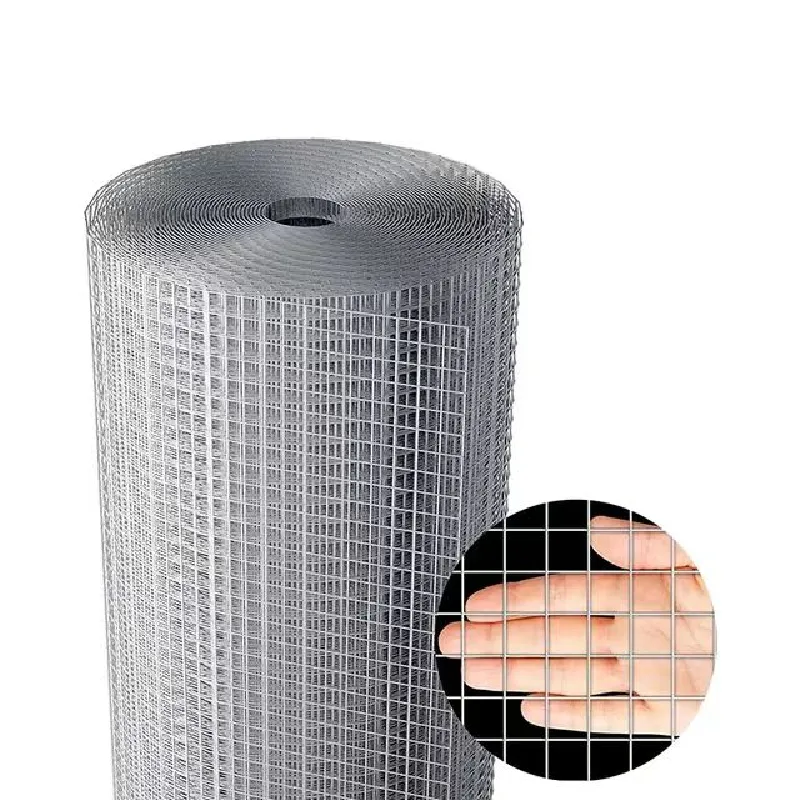-
 Afrikaans
Afrikaans -
 Albanian
Albanian -
 Amharic
Amharic -
 Arabic
Arabic -
 Armenian
Armenian -
 Azerbaijani
Azerbaijani -
 Basque
Basque -
 Belarusian
Belarusian -
 Bengali
Bengali -
 Bosnian
Bosnian -
 Bulgarian
Bulgarian -
 Catalan
Catalan -
 Cebuano
Cebuano -
 China
China -
 Corsican
Corsican -
 Croatian
Croatian -
 Czech
Czech -
 Danish
Danish -
 Dutch
Dutch -
 English
English -
 Esperanto
Esperanto -
 Estonian
Estonian -
 Finnish
Finnish -
 French
French -
 Frisian
Frisian -
 Galician
Galician -
 Georgian
Georgian -
 German
German -
 Greek
Greek -
 Gujarati
Gujarati -
 Haitian Creole
Haitian Creole -
 hausa
hausa -
 hawaiian
hawaiian -
 Hebrew
Hebrew -
 Hindi
Hindi -
 Miao
Miao -
 Hungarian
Hungarian -
 Icelandic
Icelandic -
 igbo
igbo -
 Indonesian
Indonesian -
 irish
irish -
 Italian
Italian -
 Japanese
Japanese -
 Javanese
Javanese -
 Kannada
Kannada -
 kazakh
kazakh -
 Khmer
Khmer -
 Rwandese
Rwandese -
 Korean
Korean -
 Kurdish
Kurdish -
 Kyrgyz
Kyrgyz -
 Lao
Lao -
 Latin
Latin -
 Latvian
Latvian -
 Lithuanian
Lithuanian -
 Luxembourgish
Luxembourgish -
 Macedonian
Macedonian -
 Malgashi
Malgashi -
 Malay
Malay -
 Malayalam
Malayalam -
 Maltese
Maltese -
 Maori
Maori -
 Marathi
Marathi -
 Mongolian
Mongolian -
 Myanmar
Myanmar -
 Nepali
Nepali -
 Norwegian
Norwegian -
 Norwegian
Norwegian -
 Occitan
Occitan -
 Pashto
Pashto -
 Persian
Persian -
 Polish
Polish -
 Portuguese
Portuguese -
 Punjabi
Punjabi -
 Romanian
Romanian -
 Russian
Russian -
 Samoan
Samoan -
 Scottish Gaelic
Scottish Gaelic -
 Serbian
Serbian -
 Sesotho
Sesotho -
 Shona
Shona -
 Sindhi
Sindhi -
 Sinhala
Sinhala -
 Slovak
Slovak -
 Slovenian
Slovenian -
 Somali
Somali -
 Spanish
Spanish -
 Sundanese
Sundanese -
 Swahili
Swahili -
 Swedish
Swedish -
 Tagalog
Tagalog -
 Tajik
Tajik -
 Tamil
Tamil -
 Tatar
Tatar -
 Telugu
Telugu -
 Thai
Thai -
 Turkish
Turkish -
 Turkmen
Turkmen -
 Ukrainian
Ukrainian -
 Urdu
Urdu -
 Uighur
Uighur -
 Uzbek
Uzbek -
 Vietnamese
Vietnamese -
 Welsh
Welsh -
 Bantu
Bantu -
 Yiddish
Yiddish -
 Yoruba
Yoruba -
 Zulu
Zulu
anti dust net
The Importance of Anti-Dust Nets in Modern Living
In today’s fast-paced and increasingly urbanized world, dust has become an omnipresent issue that affects our health, environment, and overall quality of life. From industrial pollutants to the natural buildup of dust in cities and homes, this seemingly innocuous substance can pose serious risks, especially for those with respiratory conditions. One of the most effective solutions to combat this pervasive problem is the use of anti-dust nets. These innovative structures have been gaining prominence in various sectors, including construction, agriculture, and home maintenance, due to their versatile applications and significant benefits.
Understanding Anti-Dust Nets
Anti-dust nets are specially designed mesh barriers made from synthetic materials that effectively trap dust particles while allowing air to circulate freely. These nets are lightweight, durable, and can be tailored to fit different sizes and needs. In construction sites, for instance, anti-dust nets are deployed to mitigate the spread of dust during activities like drilling, grinding, or demolishing structures. This not only protects the health of workers on-site but also minimizes the impact on nearby residents and the environment.
In agricultural settings, these nets are utilized to protect crops and soil from dust storms, which can devastate yield and erode valuable topsoil. By creating a shield, the nets help maintain soil moisture and fertility, thereby promoting sustainable farming practices. Moreover, they can also serve as barriers against pests, reducing the need for chemical pesticides and fostering a healthier ecosystem.
Health Benefits
The health implications of dust exposure are well-documented. Respiratory diseases such as asthma and bronchitis are exacerbated by polluted air filled with dust particles. For children and the elderly, the risks are particularly pronounced. Implementing anti-dust nets in residential areas, especially near construction sites, can drastically reduce these health hazards. By controlling dust emissions, these nets contribute to cleaner air quality and a less irritating living environment.
anti dust net

In commercial spaces, where employees are often exposed to dust and debris, the installation of anti-dust nets can enhance workplace safety and productivity. Employers have a responsibility to provide a safe working environment, and these nets are a simple yet effective measure to uphold that standard.
Economic Advantages
Beyond health and safety, anti-dust nets can also provide economic benefits. For businesses, reducing dust-related complaints can lead to higher customer satisfaction and better community relations. In the construction industry, using these nets can prevent costly fines from environmental regulatory bodies by ensuring compliance with air quality standards.
Moreover, in agricultural practices, healthier crops lead to increased productivity and profitability. The initial investment in anti-dust nets can yield significant returns in the long run as farmers generate higher yields and save on costs related to soil degradation and pest control.
Conclusion
In conclusion, the importance of anti-dust nets cannot be overstated. They serve as a practical solution to one of the most overlooked yet persistent problems of modern living. By effectively managing dust, they protect our health, enhance our economic prosperity, and contribute to a more sustainable environment. As we continue to navigate the challenges posed by rapid urbanization and climate change, incorporating anti-dust nets into our strategies will be essential for promoting cleaner, safer, and more sustainable living conditions for all. Whether in urban construction sites, agricultural fields, or homes, the use of anti-dust nets is a progressive step towards a healthier future.
-
Shipping Plastic Bags for Every NeedNewsJul.24,2025
-
Safety Netting: Your Shield in ConstructionNewsJul.24,2025
-
Plastic Mesh Netting for Everyday UseNewsJul.24,2025
-
Nylon Netting for Every UseNewsJul.24,2025
-
Mesh Breeder Box for Fish TanksNewsJul.24,2025
-
Expanded Steel Mesh Offers Durable VersatilityNewsJul.24,2025











